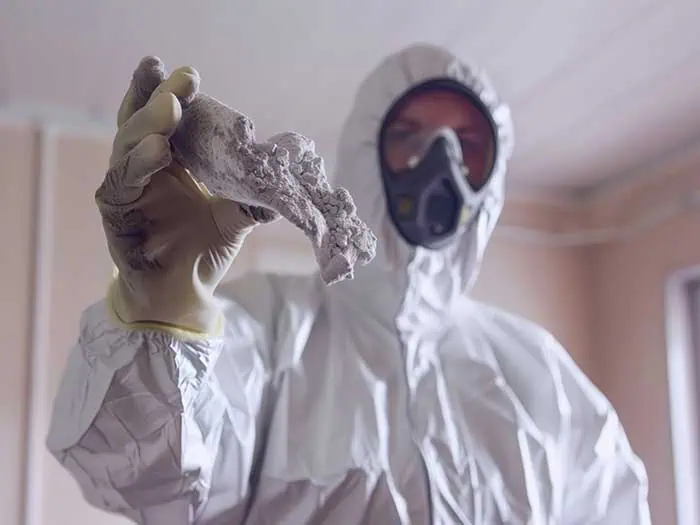


The commercial office sector in cities around the country is facing unprecedented challenges due to high vacancy rates that have been driven by factors including the work-from-home trend and the highest interest rates in almost 20 years. SCS Engineers worked with a panel of experts in the fields of economics, law, architecture, property development, and building sciences to explore the opportunities and challenges of the adaptive reuse of existing commercial buildings into new uses such as residential ones.
The resulting article provides valuable solutions and insight and can be found in Western Real Estate Business at this link: Western Real Estate Business April 2024 Page 20
SCS Engineers provides environmental consulting services for the real estate industry, including asbestos and lead-based paint surveys that are often needed before any building renovations or adaptive reuse. Once asbestos-containing materials or lead-based paint is identified at the building site, abatement activities to remove or mitigate the risks from these materials take place.
SCS monitors these abatement activities with air monitoring and inspections to make sure the removal is conducted according to regulations, and to protect workers and members of the surrounding community from exposure to these harmful chemicals; protecting and rehabilitating these spaces for re-occupancy.

Additional Information: